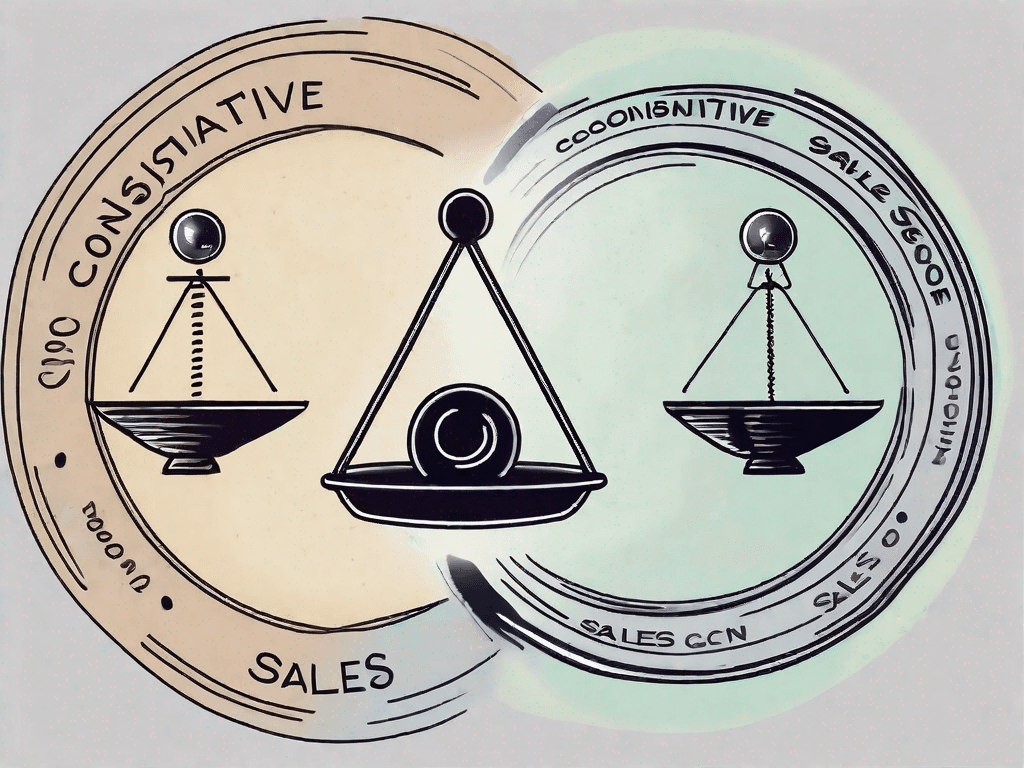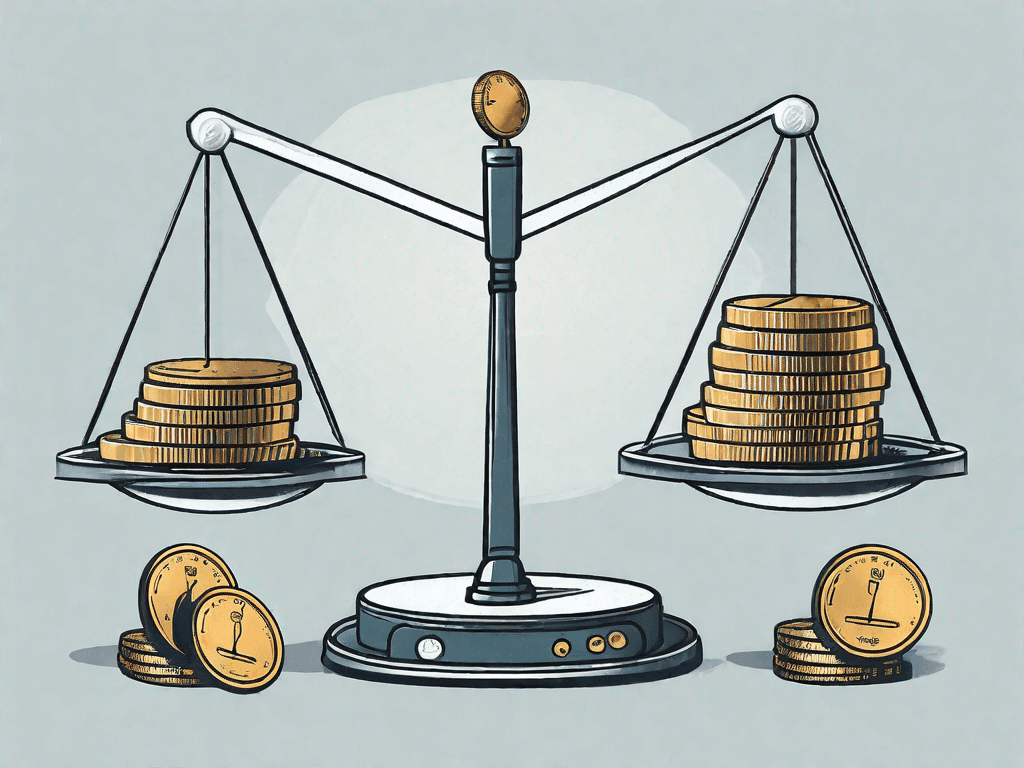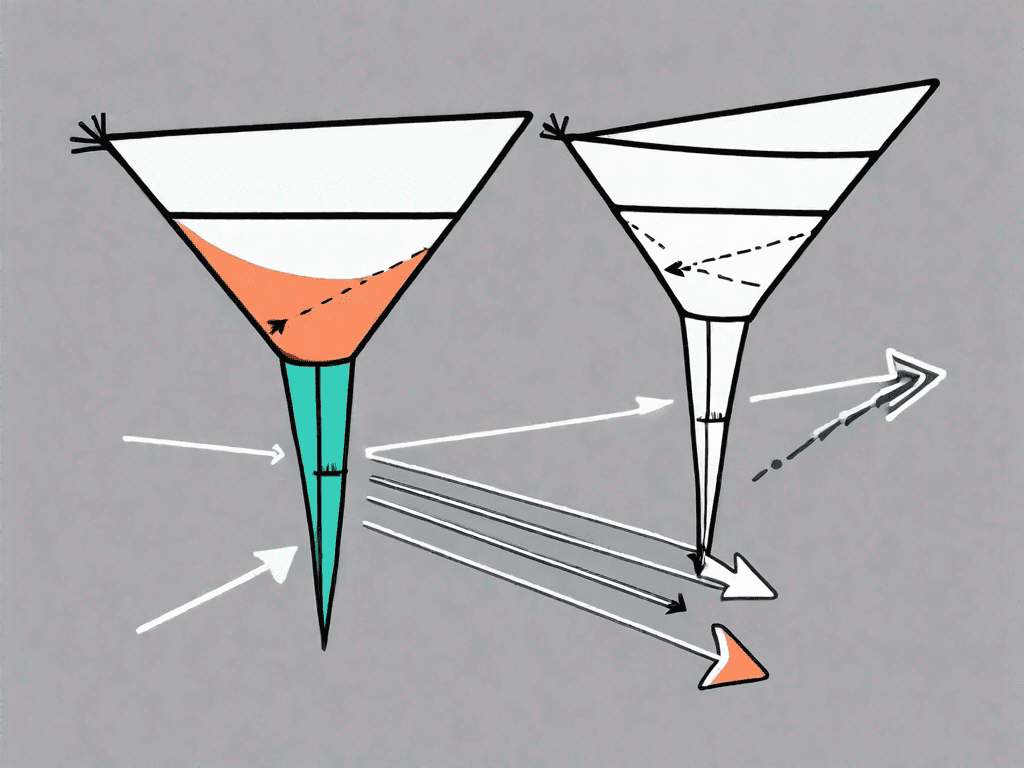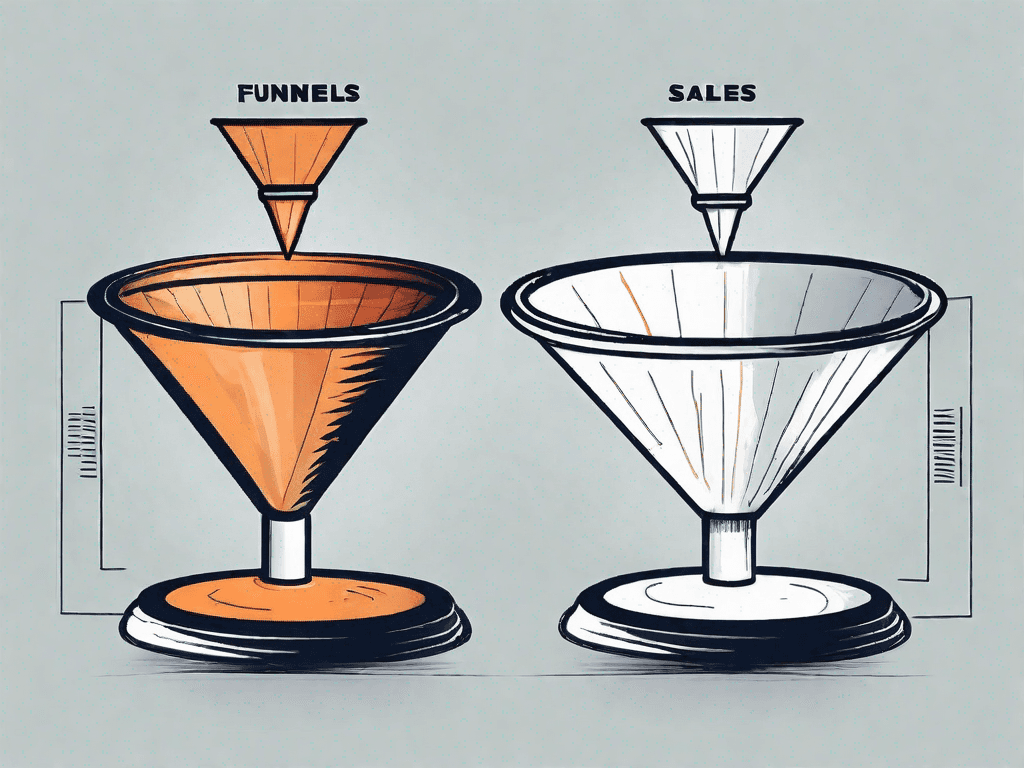When it comes to measuring business success, two critical performance indicators often stand out: revenue growth and market share growth. Although these terms are sometimes used interchangeably, they represent different aspects of a company's performance. Understanding the difference between revenue growth and market share growth is essential for developing effective business strategies and achieving long-term success. In this article, we’ll explore what each term means, how they differ, and why both are important for evaluating a company’s overall growth.
Defining Revenue Growth and Market Share Growth
Before delving into the differences, let us first define what revenue growth and market share growth actually mean.
1. What is Revenue Growth?

Revenue growth refers to the increase in a company’s total income over a specific period. It’s a key metric for evaluating a business’s financial performance, sustainability, and overall health. Companies can drive revenue growth in several ways — by increasing sales volume, launching new products or services, expanding into new markets, or adjusting pricing strategies.
A rise in revenue typically signals that a business is scaling and generating more financial resources, which can be encouraging for investors and stakeholders. Revenue growth is usually expressed as a percentage, comparing current-period revenue to that of a previous period to assess the company’s growth rate over time.
Revenue growth can be classified into two types:
Organic growth: Achieved through internal efforts such as expanding the customer base, enhancing product offerings, or increasing market share.
Inorganic growth: Driven by external strategies like mergers, acquisitions, or strategic partnerships.
Both forms are essential for sustained business success, but understanding the source of growth helps investors and decision-makers evaluate its long-term viability.
2. What is Market Share Growth?

Market share growth refers to the increase in a company’s portion of total sales within a specific industry. It measures how a company's revenue stacks up against competitors, expressed as a percentage of the overall market. Gaining market share typically involves attracting new customers, retaining existing ones, and outperforming competitors through superior product quality, innovation, pricing, or customer service.
This metric is crucial because it reflects a company’s competitive position in the marketplace. A growing market share often translates into stronger brand recognition, improved economies of scale, and potentially higher profit margins.
To drive market share growth, companies might invest in aggressive marketing campaigns, enhance product differentiation, or improve customer experience. Strategies that set a company apart from the competition — such as offering unique features or better support — can be particularly effective.
However, it's important to note that market share growth doesn’t always equate to revenue growth. A company may gain a larger share of a shrinking market, or it may underprice products to attract customers, which could limit revenue. Therefore, balancing revenue growth and market share growth is key to achieving sustainable long-term success.
What's the Difference between Revenue Growth and Market Share Growth?

Now that we’ve defined the basics, let’s break down the key differences between revenue growth and market share growth — two critical but distinct metrics used to assess business performance:
Revenue growth focuses solely on the increase in a company’s total income over a specific period. This can be achieved through strategies like increasing sales volume, raising prices, launching new products, or entering new markets. It’s a direct indicator of a company’s financial performance and sustainability.
Market share growth, on the other hand, measures a company’s sales as a percentage of total industry sales. It reflects how well a company is performing relative to its competitors. Increasing market share typically involves attracting new customers, offering superior products or services, and outperforming competitors.
Importantly, these two metrics don’t always move in tandem. A company can grow revenue without increasing market share — for example, by raising prices while competitors grow faster. Conversely, it can gain market share in a stagnant market, even if overall revenue remains flat.
Why Both Metrics Matter
Revenue growth = financial strength
Market share growth = competitive advantage
Ideally, companies should aim for both. Growing market share often leads to higher revenue in the long run, while strong revenue growth provides the resources to compete effectively.

Examples of the Difference between Revenue Growth and Market Share Growth
1. Example in a Startup Context
A tech startup launches an innovative product and sees a surge in revenue. However, despite the strong income, it struggles to gain significant market share due to competition from established players with broader customer bases. This shows that revenue growth doesn’t always mean increased market dominance.
2. Example in a Consulting Context
A consulting firm grows its revenue by adding new clients and services. Yet, if competitors are expanding more aggressively—perhaps through strategic alliances or specialized expertise—the firm’s market share may shrink even as its revenue increases.
3. Example in a Digital Marketing Agency Context
A marketing agency might dominate a niche market, gaining notable market share by securing high-profile clients. But without expanding service offerings or entering new markets to boost revenue, the agency may struggle to sustain growth long term.
💭 Final Thoughts
While revenue growth reflects financial performance, market share growth signals competitive strength. Businesses that track and balance both metrics are better equipped to scale, adapt, and succeed in a dynamic marketplace. Understanding the distinction between the two helps companies shape smarter, more sustainable growth strategies.



















































































































































